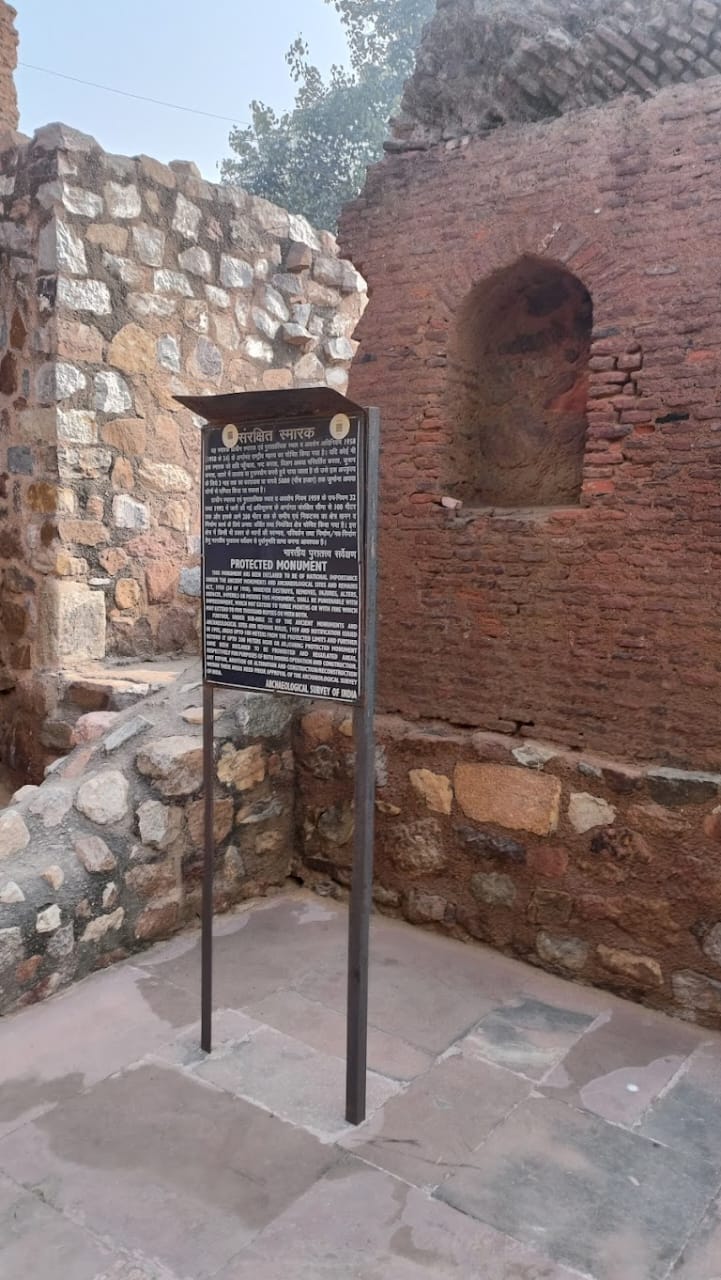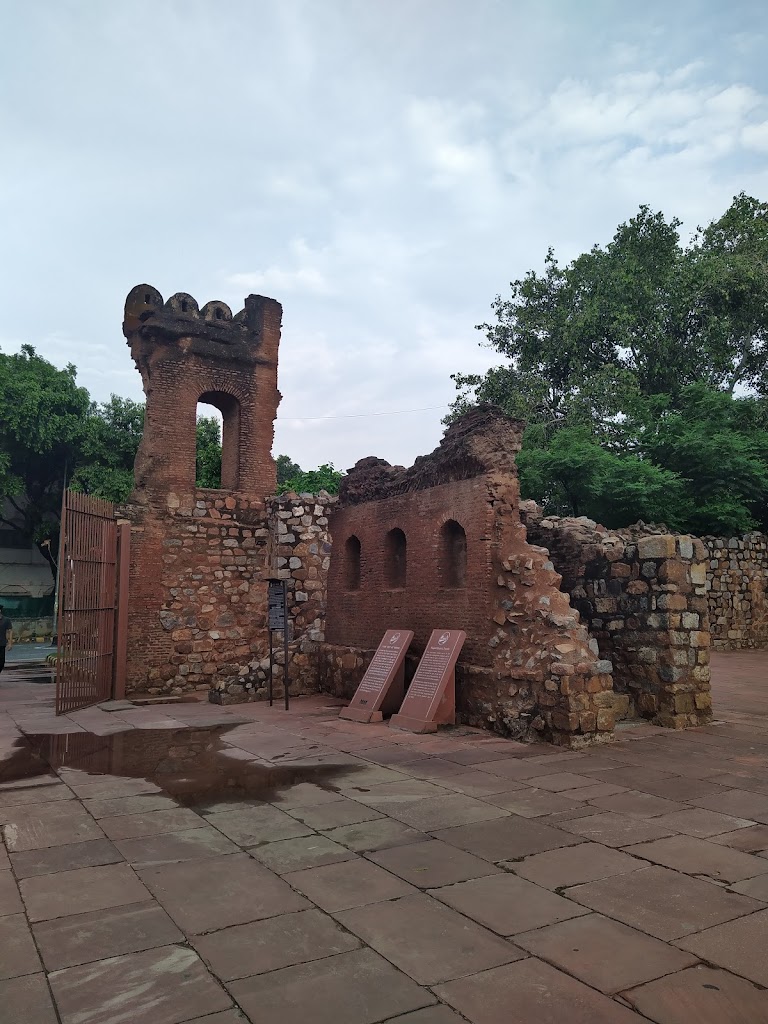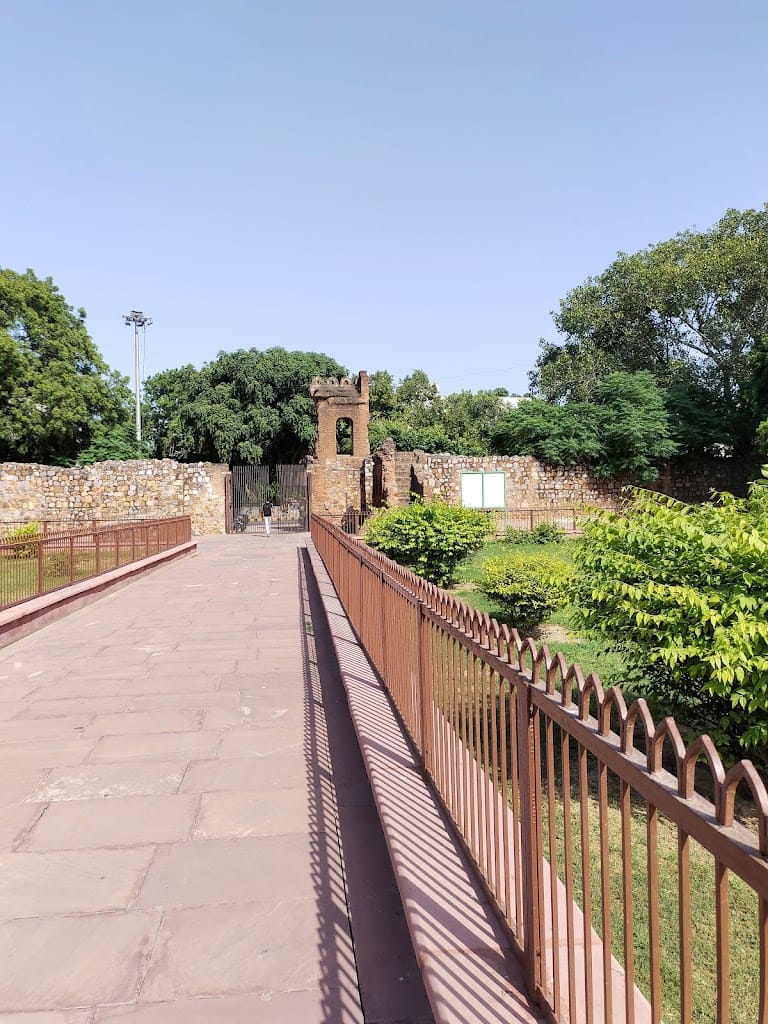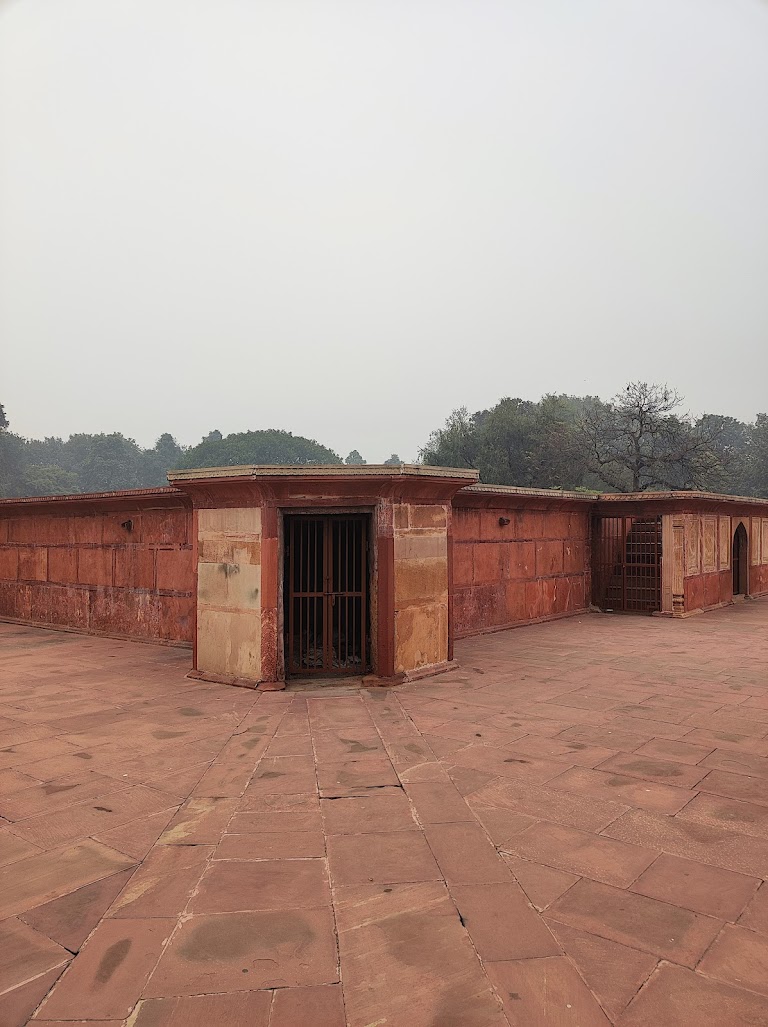



The Tomb of Najaf Khan is an important historical site located in the city of Delhi, India. Najaf Khan, also known as Mirza Najaf Khan, was a prominent military commander and statesman in the Mughal Empire during the 18th century. Originally from Persia, he rose to power under the reign of Emperor Shah Alam II, and played a crucial role in defending the Mughal Empire from internal dissent and external threats. Architecture and Location: The tomb is located near Safdarjung's Tomb in Delhi, an area known for its collection of Mughal-era monuments. Architecturally, the tomb is simple compared to grand Mughal structures like the Taj Mahal, but it reflects the decline of Mughal grandeur and resources in the 18th century. The tomb has a square chamber with a flat roof, typical of the late Mughal style, and is surrounded by an enclosed courtyard. Historical Significance: Najaf Khan was instrumental in reorganizing the Mughal military and stabilizing the empire during a turbulent period when the empire was in decline. He fought various adversaries, including the Rohillas, the Jats, and the Marathas, and managed to maintain the Mughal hold on Delhi despite various challenges. Today, the tomb of Najaf Khan stands as a reminder of the empire's last phase, reflecting the political and military struggles of the Mughal court during the 18th century. While not as well known or visited as other Mughal monuments, it is an important part of Delhi’s layered history